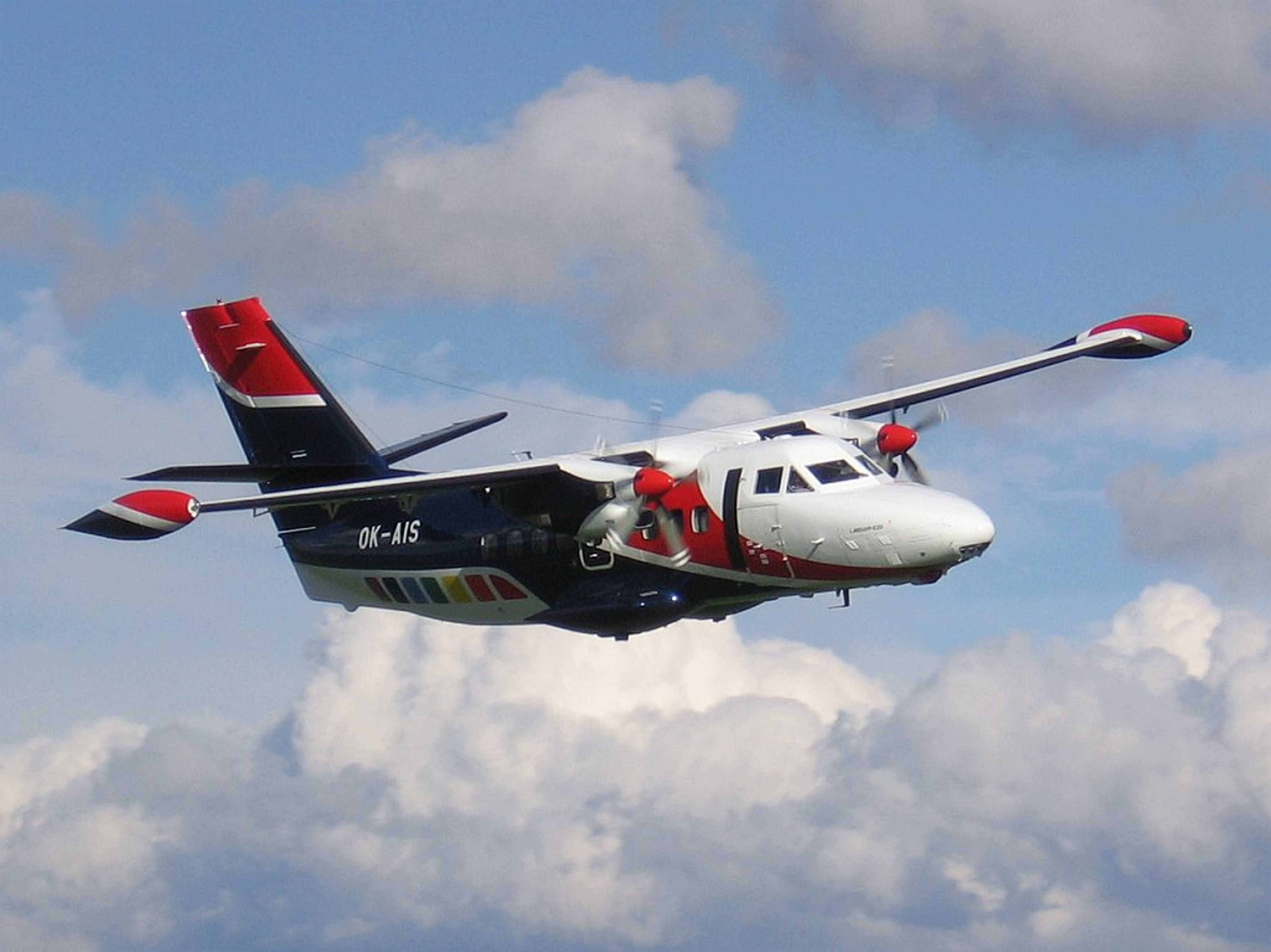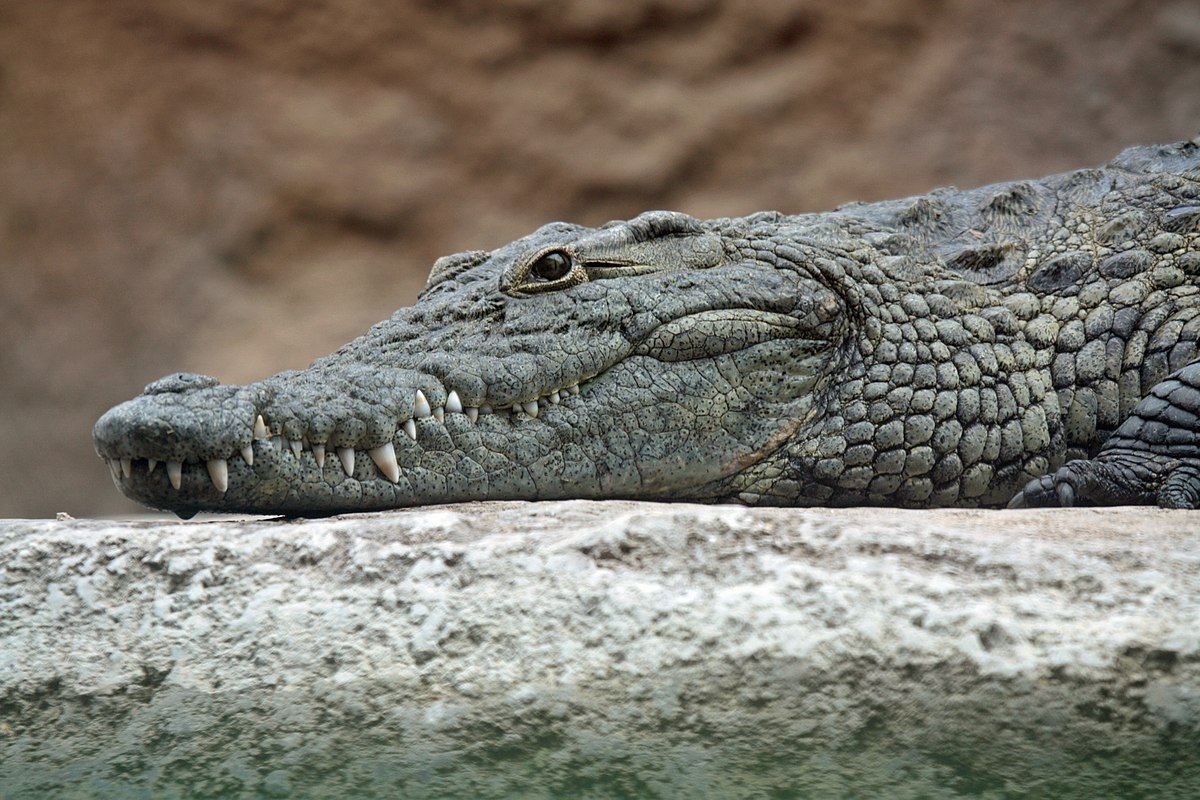Aircraft accidents are always a result of a broken link somewhere along the safety chain. Some factors contribute to an uneventful outcome. Sometimes, they are common issues, such as fuel starvation or flight into adverse weather conditions. Other times, there are out of the ordinary, such as the case of a 2010 crash in Congo. The culprit? A crocodile. We know, this requires an explanation.
Flying in the Congo
Filair was an airline based in the Democratic Republic of the Congo (DRC). It was established in 1987 by Captain Dany Philemotte, and operations began in September 1989. It offered regional cargo and passenger lights from Kinshasa’s second airport at N’Dolo. The airline was on the list of air carriers banned in the European Union. In fact, all airlines regulated by the authorities in the DRC are still prohibited from European operations.
The airline suffered three accidents during its tenure: The first in 1988 while landing at Tshikapa Airport; the second occurred while flying in Angola in July 1994; The third accident is the one we are detailing in this article. Eventually, the airline ceased operations in 2015.
The Czech Turboprop
Filair’s fleet consisted of some aircraft from days gone by. Some of them included: the Douglas DC-6A, Douglas DC-7C, Lockheed L-188CF (and 188PF) Electra, and the Vickers Viscount. The Vickers and Electra were involved in the carrier’s first two accidents and were subsequently written off due to the amount of damage incurred.
The third accident involved a newer aircraft, the Let L-410 Turbolet. This twin-engine short-range transport aircraft was manufactured by the Czech aircraft manufacturer Let Kunovice (later renamed named Aircraft Industries). It is an unpressurized all-metal high-wing commuter aircraft with Avia V 510 five-blade propellers. The Let L-410 can land on short and unpaved runways and operate under extreme conditions, which was perfect for some of Filair’s operations.
Tragedy on approach
On 25 August 201, the Filair flight was scheduled to operate from Kinshasa, the Democratic Republic of the Congo, stopping at Kiri, Bokoro, Semendwa, and Bandundu. Its takeoff and cruise segments were uneventful. However, at 1300 local time, the aircraft crashed into a house 1.2 miles short of the runway at Bandundu. Twenty people aboard the plane were killed, leaving a single female passenger as a survivor.
After the crash, a radio outlet reported that the aircraft ran out of fuel after being unable to land at Bandundu. However, accident investigators found no evidence of fuel starvation. Their best piece of evidence was testimony from the sole survivor, who provided details about a reptilian encounter during the flight.
She told investigators that a passenger had smuggled a crocodile in a carry-on duffel bag, which remained hidden from other passengers and crew until the aircraft was on approach for landing. At some point, the reptile emerged from the bag and began to scurry around the cabin. As one would expect, there was chaos causing a flight attendant to panic and run towards the front of the aircraft. Unfortunately, most of the passengers followed here towards the front, causing a substantial weight shift in the aircraft.
A runway crocodile causes aerodynamic consequences.
A considerable weight shift towards the rear of the airplane affects the vehicle’s center of gravity. This was the case with this flight when all the occupants ran forward. The airplane’s center of gravity responded, and the aircraft became much less stable with a forward center of gravity. Technically speaking, a forward center of gravity location increases the need for more significant back elevator pressure. The elevator may no longer be able to oppose any increase in nose-down pitching. Adequate elevator control is needed to control the aircraft throughout the airspeed range down to the stall. The flight crew was unable to counter this instability and subsequently lost control.
Leigh Bedford via Wikimedia Commons
.
This is one of those accidents which can’t be attributed to the safety factors we often don’t hear about. In this case, an attempt to smuggle an exotic animal caused a tragic end to an otherwise routine flight. If you’re wondering if the crocodile survived or not. Well, that’s another oddity because the reports don’t mention that fact.
Source: Aviation Safety Network






